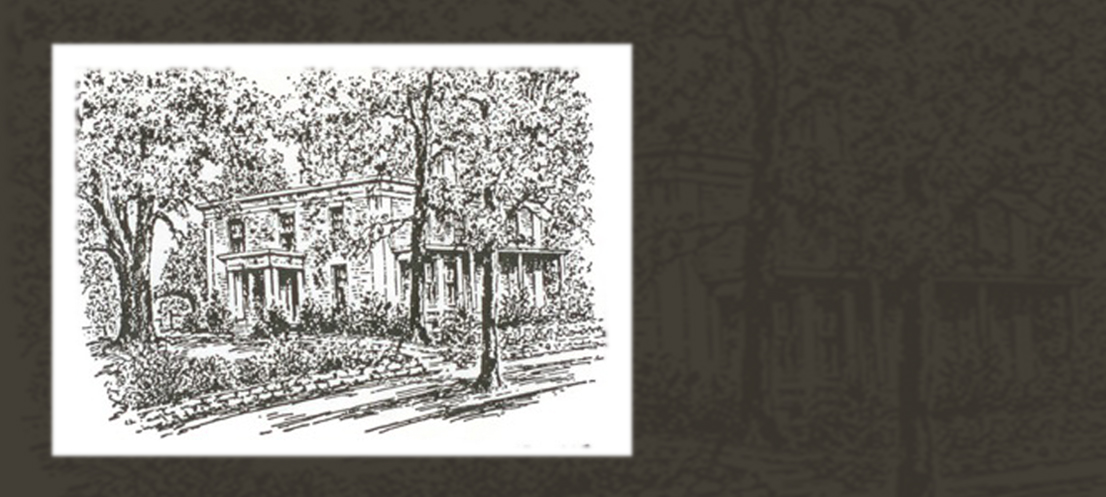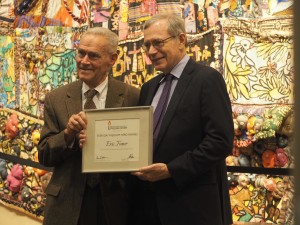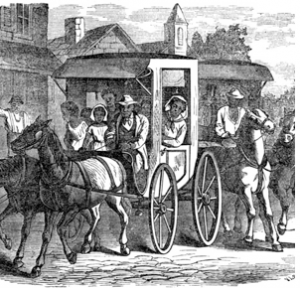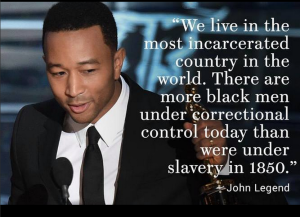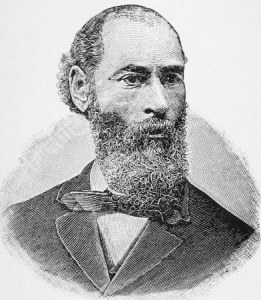Everyday Hero: Dr. Eric Foner
One inspiration we can take from the history of the Underground Railroad is that it holds up for us a model of Black and White people “working together for a just cause.” Dr. Eric Foner, speaking yesterday at the National Underground Railroad Freedom Center, reminded us of this important gift from antebellum activists to people
+ Read More





